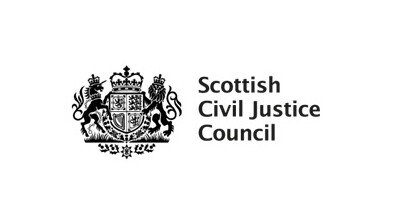10 per cent increase in civil court cases in 2017-18

There was a 10 per cent increase in the number of civil cases begun across the Court of Session and sheriff courts in 2017-18, new figures show.
The latest civil justice statistics, published by Scotland’s chief statistician today, show that 81,200 civil law cases were initiated across the Court of Session and sheriff courts in 2017-18 (excluding summary applications).
This represents an increase of 10 per cent from 2016-17, and is the second increase in court business levels over the last 10 years.
Business has moved out of the Court of Session, decreasing by 48 per cent since 2015-16, with most of it having been displaced to the sheriff courts, where the value limit for cases on which sheriffs can rule has increased to £100,000.
The specialised Sheriff Personal Injury Court has expanded its caseload since its inception in 2015-16 and now covers over a third of personal injury cases in Scotland.
The types of civil justice problems encountered by people in Scotland and resolved in the courts have not changed much over the past ten years.
Debt actions remain the most common, constituting 46 per cent of cases. Eviction and Family actions were second and third most common, at 18 per cent and 16 per cent respectively.
In the context of rising levels of business overall, most case types have increased in parallel. The largest increases were recorded for debt (+22 per cent), repossession (+17 per cent) and personal injury (+13 per cent). However, family cases have decreased by five per cent. Three quarters of family type cases had divorce as the first issue.
All sheriffdoms in Scotland experienced an increase in business levels from 2016-17. Between 2016-17 and 2017-18, Tayside, Central and Fife saw the largest increase in initiated cases (15 per cent), while Grampian, Highlands and Islands saw the smallest (four per cent).
The 2017-18 Scottish Crime and Justice Survey shows that nearly three in 10 adults were estimated to have experienced at least one civil law problem during the previous three years.
The most common type of issues were disputes with neighbours (15 per cent), followed by problems with faulty goods or services (five per cent), and money and debt issues (four per cent).








